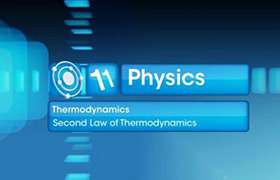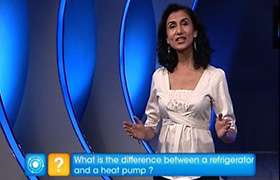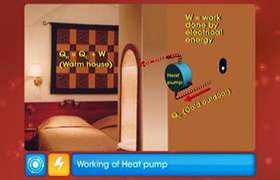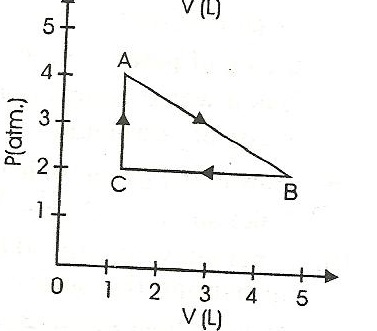CBSE Class 11-science Answered
Second law of thermodynamics in relation to entropy can be stated as follows:-
1) Entropy of the universe always increases with every spontaneous or natural change.
2) Heat flow in a system is always from higher temperature to lower temperature spontaneously. It is not possible that heat could flow from a system at lower temperature to the system at higher temperature.(Given by Clausius)
3) In a cyclic process all the heat given to the system cannot be converted to work. (Given by Kelvin)
First and second law can be combined to give a consolidated definition as:
The energy of universe is conserved but entropy of the universe is constantly increasing with any natural process. Thus we can say that thermodynamic entropy is a measure of energy dispersal, and so the second law of thermodynamics is closely related with the concept of entropy.





